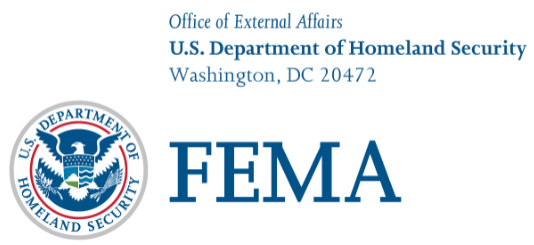|

March 30, 2020
Congressional and Intergovernmental Affairs Division
Advisory
FEMA Facilitates Massive Supply Movement to the US and COVID-Affected Areas
“This response isn’t just about delivering food or supporting COVIS test centers. It’s about protecting our children, parents, and grandparents. Our Nation is looking to the National Guard to help them and we can’t let them down.” – Air Force Gen. Joseph Lengyel, Chief of the National Guard Bureau
The federal government continues taking aggressive and proactive steps to address the coronavirus (COVID-19) pandemic. The health and safety of the American people is our top priority. Under the direction of the White House Coronavirus Task Force, FEMA, HHS and our federal partners are working with state, local, tribal and territorial governments to execute a whole of government response to fight the COVID-19 pandemic and protect the public.
On March 29, the president extended the nation’s Slow the Spread campaign until April 30. The American people play a key role in the campaign to help slow the virus’ spread and keep our most high-risk populations safe. The initiative presents the entire country with an opportunity to implement actions designed to slow and limit the spread of COVID-19, like staying home as much as much as possible, canceling or postponing gatherings of more than 10 people, and taking additional steps to distance yourself from other people. The latest updates and information on how to protect yourself and what to do if you think you are sick is available at www.coronavirus.gov.
On March 27, President Trump signed the CARES Act into law. The CARES Act allocates $2 trillion to COVID-19 response efforts.
On March 22, President Trump directed the Secretary of Defense to permit full Federal reimbursement, by FEMA, for some states’ use of their National Guard forces. The President’s action provides Governors continued command of their National Guard forces, while being federally funded under Title 32.
FEMA coordinated an air bridge for flights from Asia beginning on Sunday, March 29, with the first delivery of 80 tons of much needed PPE supplies including 130,000 N95 respirators, 1.8 million face masks and gowns, 10.3 million gloves and thousands of thermometers for New York, New Jersey and Connecticut. Additional flights are contracted to go to Illinois today and to Ohio tomorrow. FEMA has scheduled additional flights and is adding more daily.
Over the next 48 hours, FEMA and HHS will deliver ventilators from the Strategic National Stockpile to Michigan (400), New Jersey (300), Illinois (180) and Connecticut (50).
Twenty-seven states and 12 tribes have issued stay at home orders.
Please see attached for updated information on Medical Hotspots, the federal response efforts, federal funding of the National Guard, Community Based Testing Sites (CBTS), the Strategic National Stockpile, Ventilator Guidance, CDC Respirator Guidance, Defense Production Act, CDC Public Guidance, coping with stress, disinformation and rumor control, and How to Help for volunteers and the private sector.
If you have any questions, please contact the Office of External Affairs, Congressional and Intergovernmental Affairs Division at (202) 646-3444 or at FEMA-IGA@fema.dhs.gov.
###
FEMA’s mission is to help people before, during and after disasters.
Follow FEMA online, on Twitter @FEMA or @FEMAEspanol, on FEMA’s Facebook page or Espanol page and at FEMA’s YouTube account. Also, follow Administrator Pete Gaynor’s activities @FEMA_Pete.

|